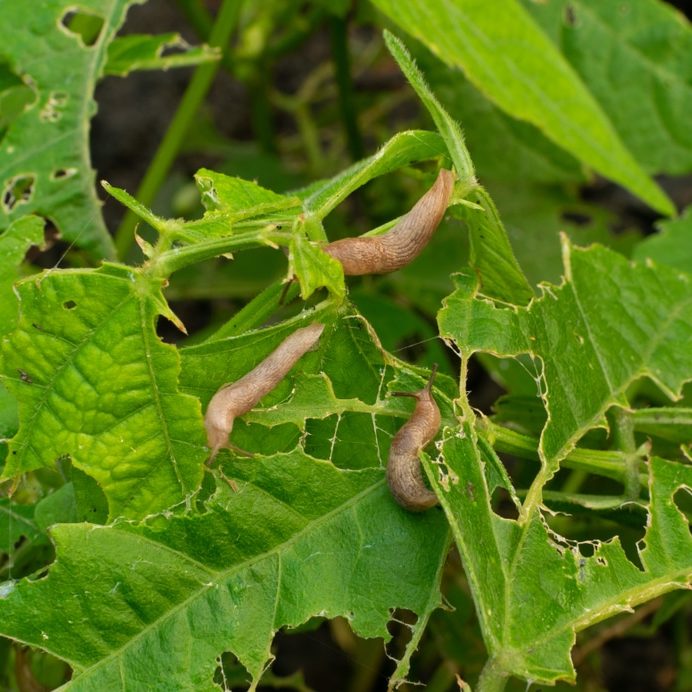As garden enthusiasts prepare their plots for a vibrant growing season, one crucial aspect requires attention: pest management. Garden pests can turn your flourishing plants into a battlefield, wreaking havoc on your fruits, vegetables, and flowers if left unchecked. Understanding common pests, recognizing early signs of infestation, and implementing proactive prevention strategies can create a thriving, pest-free environment. Let’s explore how to prepare your garden for a successful growing season!
Understanding Common Garden Pests
Before you can combat garden pests, it’s essential to know your adversaries. Here’s a rundown of some of the most common garden pests and the damage they can cause.
Common Garden Pests:
- Aphids: Small, soft-bodied insects that suck plant sap, leading to wilting and stunted growth.
- Tomato Hornworms: Large caterpillars that can quickly decimate tomato and pepper plants, leaving behind a trail of destruction.
- Slugs and Snails: Mollusks that feast on tender seedlings and leaves, often leaving a slimy residue in their wake.
- Spider Mites: Tiny arachnids that thrive in dry conditions, causing yellowing leaves and webbing.
- Whiteflies: Small, white-winged insects known to weaken plants by sucking sap and potentially spreading diseases.
Being familiar with these pests can help you spot them early, allowing for timely action.
Signs of Pest Infestation
Knowing what to look for in your garden can be a game changer in pest management. Early detection is vital!
-
Visual Indicators:
- Holey Leaves or Damaged Fruits: Look for irregular holes in leaves or bite marks on ripe fruits.
- Sticky Residue (Honeydew): This syrupy substance often hints at an aphid infestation.
- Presence of Pests: Conduct regular inspections of leaves and stems for any visible pests or eggs.
-
Behavioral Signs:
- Reduced Plant Growth: If your plants seem to be struggling despite proper care, pests could be the culprit.
- Wilting or Discoloration: Yellowing leaves or wilting plants are often signs of stress from pests.
-
Monitoring Tools:
- Use a magnifying glass for inspecting plants closely.
- Keep a notebook to track damages and changes in plant health.
By scrutinizing your garden, you can catch infestations early, making your control efforts more effective.

Monitoring and Follow-Up
Even with thorough preparations, ongoing monitoring is essential throughout the growing season.
-
Regular Inspections:
Continue performing weekly checks on plant health, looking for any new signs of pest activity.
-
Track Pest Activity:
Keep a journal of pest occurrences and treatments taken, which can help adjust strategies as required.
-
Stay Educated:
Keep learning about common garden pests, their life cycles, and new solutions. Local gardening clubs, extension services, and reputable gardening websites can be invaluable resources.
Being proactive and informed will enhance your ability to enjoy a bountiful harvest this growing season.
At Emtec Pest Control, we are committed to safe and responsible pest control. We understand that your family’s safety is your number one priority, so we make it our priority, too.
If you have any other questions about any of these pests or pest control for your home or business, contact your Oklahoma pest control experts at Emtec Pest Control by calling us or by filling out our online contact form.

